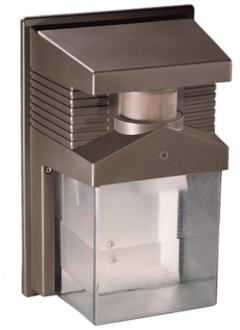I'm getting some outdoor flood lights installed on the wooden deck above the pool and I'd love to hear any tips, suggestions, do's and don'ts about the lights. What to pick, what to avoid, success stories, failures, etc.
I'm planning on putting in 2 sets of lights - one on each end of the deck, which is about as long as the pool. The bottom of the wooden deck is about the 8 or so feet above the concrete deck of the pool and I planned to mount the lights up near the rail of the wooden deck (another 3 or 4 feet up).
It's up to me to pick the style and type of the flood lights and I know nothing on the subject.....bulb type, fixture style, etc.
So, can someone teach me everything I need to know about choosing floodlights for a pool?!?!? :? :lol:
THANKS!
I'm planning on putting in 2 sets of lights - one on each end of the deck, which is about as long as the pool. The bottom of the wooden deck is about the 8 or so feet above the concrete deck of the pool and I planned to mount the lights up near the rail of the wooden deck (another 3 or 4 feet up).
It's up to me to pick the style and type of the flood lights and I know nothing on the subject.....bulb type, fixture style, etc.
So, can someone teach me everything I need to know about choosing floodlights for a pool?!?!? :? :lol:
THANKS!




